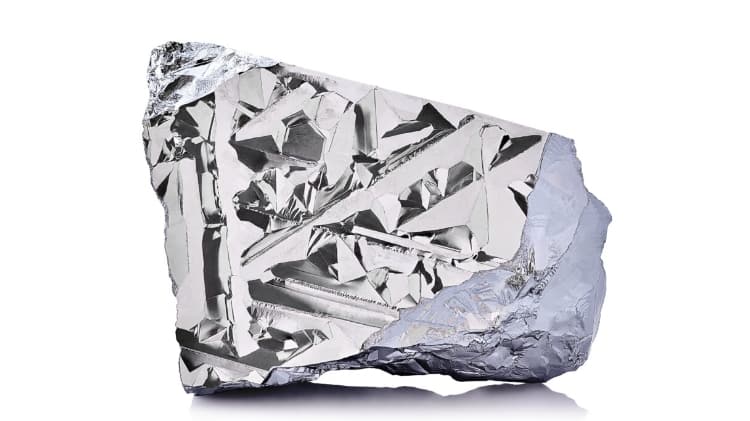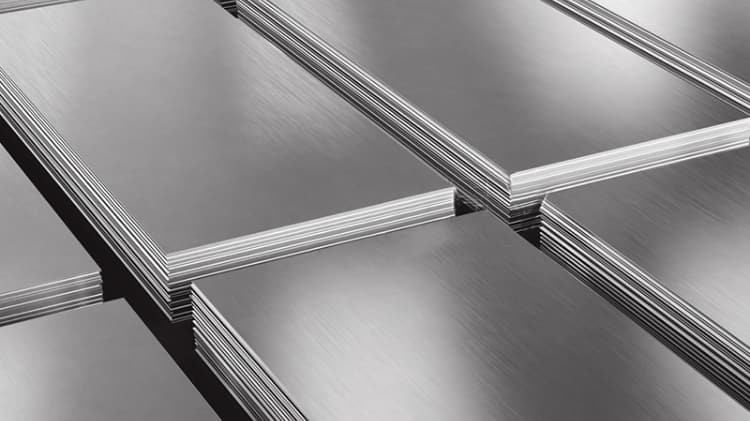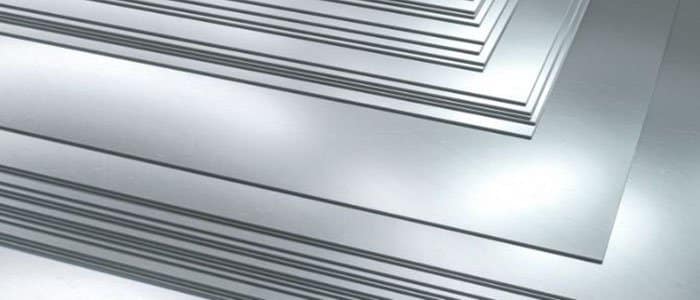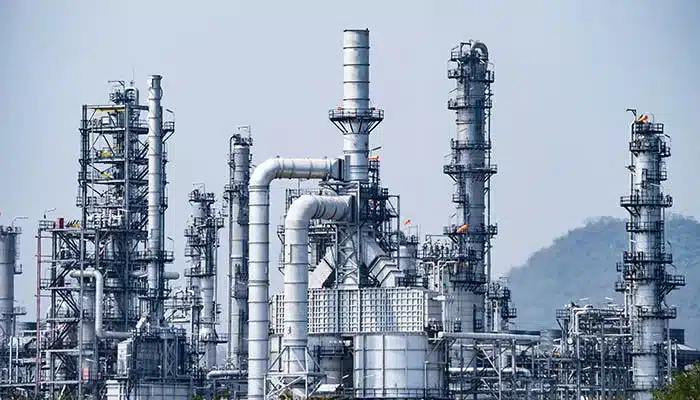What is Nickel Alloy?
Nickel alloys represent a crucial category of metallic materials that have revolutionized numerous industries through their exceptional properties and versatility. These sophisticated materials combine nickel with various other elements to create alloys that exhibit superior characteristics compared to their individual components.

Core Properties of Nickel Alloys
Nickel alloys excel in critical applications due to these key characteristics:
High-Temperature Stability: Retain structural integrity at temperatures exceeding 1,000°C (e.g., turbine blades in jet engines).
Corrosion Resistance: Withstand aggressive acids, alkalis, and saltwater environments (e.g., chemical reactor vessels).
Mechanical Strength: Maintain tensile strength under extreme stress (e.g., deep-sea drilling components).
Oxidation Resistance: Form protective oxide layers that prevent material degradation.
Fabrication Versatility: Adaptable to casting, forging, welding, and additive manufacturing processes.

Detailed Classification of Nickel Alloys
Nickel alloys are categorized based on composition, properties, and industrial applications. Below is a systematic breakdown:
- Corrosion-Resistant Alloys
Designed for harsh chemical and marine environments:
Nickel-Chromium (Ni-Cr) Alloys:
Example: Inconel® 600 (76% Ni, 15% Cr).
Properties: Resistance to oxidation and carburization.
Applications: Furnace components, chemical processing equipment.
Nickel-Molybdenum (Ni-Mo) Alloys:
Example: Hastelloy® B-3 (65% Ni, 28% Mo).
Properties: Exceptional resistance to hydrochloric and sulfuric acids.
Applications: Acid production reactors, piping systems.
Nickel-Chromium-Molybdenum (Ni-Cr-Mo) Alloys:
Example: Inconel® 625 (58% Ni, 22% Cr, 9% Mo).
Properties: Broad-spectrum corrosion resistance (acids, chlorides, seawater).
Applications: Subsea components, nuclear waste storage.
- High-Temperature Alloys (Superalloys)
Optimized for extreme heat and mechanical stress:
Precipitation-Hardened Alloys:
Example: Inconel® 718 (53% Ni, 19% Cr, 3% Mo, 5% Nb).
Properties: High creep resistance up to 700°C.
Applications: Gas turbine discs, rocket engine parts.
Solid-Solution-Strengthened Alloys:
Example: Haynes® 230 (57% Ni, 22% Cr, 14% W).
Properties: Superior oxidation resistance at 1,200°C.
Applications: Combustion chambers, heat-treatment fixtures.
- Wear-Resistant Alloys
Engineered for abrasion and erosion resistance:
Nickel-Boron (Ni-B) Alloys:
Example: Colmonoy® 6 (Hardness: 55 HRC).
Properties: Extreme surface hardness via boride precipitation.
Applications: Valve seats, pump shafts.
Nickel-Silicon (Ni-Si) Alloys:
Example: Nilo® Alloys (e.g., Nilo 36).
Properties: Low thermal expansion with wear resistance.
Applications: Precision instruments, glass-molding tools.
- Specialized Functional Alloys
Tailored for unique industrial needs:
Electrical Resistance Alloys:
Example: Nichrome® 80/20 (80% Ni, 20% Cr).
Properties: Stable electrical resistivity at high temperatures.
Applications: Heating elements in industrial furnaces.
Shape Memory Alloys:
Example: Nitinol® (55% Ni, 45% Ti).
Properties: Superelasticity and shape recovery.
Applications: Medical stents, aerospace actuators.
Common Nickel-Based Alloys: Chemical Composition & Physical Properties Comparison
| Alloy Grade | Key Chemical Composition (wt%) | Density (g/cm³) | Melting Range (°C) | Thermal Conductivity (W/m·K) | Thermal Expansion (μm/m·K) | Max Service Temp (°C) | Typical Yield Strength (MPa) |
| INCONEL® 600 | Ni (72%), Cr (14-17%), Fe (6-10%), Mn (≤1%), C (≤0.15%) | 8.47 | 1350–1410 | 14.8 (at 100°C) | 14.4 (20–1000°C) | 1150 | 240 (annealed) |
| INCONEL® 625 | Ni (58%), Cr (20-23%), Mo (8-10%), Nb+Ta (3.15-4.15%), Fe (≤5%) | 8.44 | 1290–1350 | 9.8 (at 100°C) | 12.8 (20–1000°C) | 980 | 517 (annealed) |
| HASTELLOY® C-276 | Ni (57%), Cr (14.5-16.5%), Mo (15-17%), W (3-4.5%), Fe (4-7%) | 8.89 | 1325–1370 | 10.2 (at 100°C) | 12.0 (20–1000°C) | 1150 | 414 (annealed) |
| MONEL® 400 | Ni (≥63%), Cu (28-34%), Fe (≤2.5%), Mn (≤2%) | 8.80 | 1300–1350 | 21.8 (at 100°C) | 13.9 (20–1000°C) | 600 | 240 (annealed) |
| INCONEL® 718 | Ni (50-55%), Cr (17-21%), Fe (balance), Nb (4.75-5.5%), Mo (2.8-3.3%) | 8.19 | 1260–1336 | 11.2 (at 100°C) | 13.0 (20–1000°C) | 700 | 1034 (aged) |
| NIMONIC® 90 | Ni (58%), Cr (18-21%), Co (15-21%), Ti (2-3%), Al (1-2%) | 8.18 | 1320–1370 | 11.7 (at 100°C) | 12.7 (20–1000°C) | 920 | 650 (aged) |
Key Applications
| Alloy Grade | Primary Industries | Typical Use Cases |
| INCONEL® 600 | Nuclear, Furnaces | Steam generator tubes, heat-treating fixtures |
| INCONEL® 625 | Marine, Chemical Processing | Subsea flanges, reactor agitators |
| HASTELLOY® C-276 | Pollution Control, Hydrometallurgy | FGD scrubbers, high-pressure reactors |
| MONEL® 400 | Marine, Food Processing | Pump shafts, distillation column linings |
| INCONEL® 718 | Aerospace, Gas Turbines | Turbine disks, compressor blades |
| NIMONIC® 90 | Aerospace, High-Temp Tooling | Combustion chambers, extrusion dies |
Conclusion
Nickel alloys are irreplaceable in modern engineering, solving critical challenges in corrosion, heat, and mechanical stress. From deep-sea exploration to jet propulsion, their tailored compositions enable breakthroughs across industries. For reliable nickel alloy supply and technical support, explore Daxun Alloys’ portfolio to meet your exacting material requirements.
Disclaimer: Verify with manufacturer datasheets for mission-critical designs. Trademarks belong to respective owners (INCONEL®/MONEL®: Special Metals; HASTELLOY®: Haynes; NIMONIC®: Rolls-Royce).




